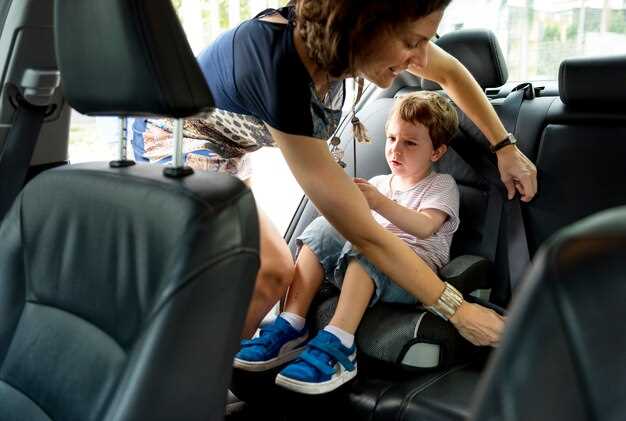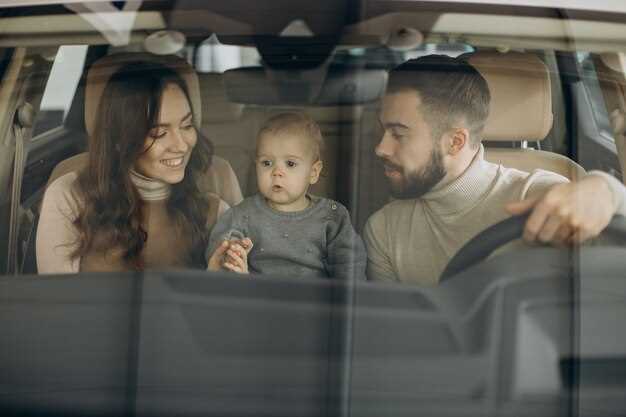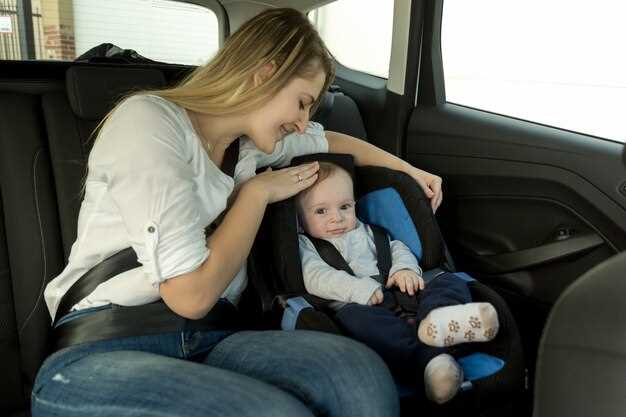
Ensuring the safety of your child when traveling in a car is paramount, especially when using child seats in Ford SUVs. These vehicles are designed to provide ample space and comfort, but proper installation and usage of car seats are crucial to enhancing safety. Understanding the specific features of Ford SUVs can help parents make informed decisions about how to secure their little ones effectively.
When selecting seats for your Ford SUV, it’s essential to consider the different types of car seats available, including rear-facing, forward-facing, and booster seats. Each stage requires a different approach based on your child’s age, weight, and height. Ford’s spacious interiors provide excellent opportunities for accommodating these various options while ensuring that they meet the federal safety standards.
Additionally, always refer to your Ford SUV’s owner’s manual for guidelines specific to your vehicle model. Proper installation of child seats can make all the difference in the event of a collision. Pay close attention to the vehicle’s seat belt system and the LATCH system, both of which are designed to assist in securing child safety seats with maximum effectiveness.
Selecting the Right Car Seat for Your Ford SUV

Selecting the appropriate car seat for your Ford SUV is crucial for ensuring your child’s safety during travel. Here are some essential factors to consider:
- Car Seat Type:
- Infant Car Seats: Best for newborns and small infants. They typically face the rear and provide excellent protection.
- Convertible Car Seats: These can switch from rear-facing to forward-facing as your child grows, adapting to their developmental needs.
- Booster Seats: Designed for older children who have outgrown their convertible seats but are not yet tall enough for the car’s seatbelt alone.
- Compatibility:
Check your Ford SUV’s specifications for car seat compatibility. Some Ford models may have specific seat configurations that impact how a car seat fits.
- Ease of Use:
Choose a car seat that is easy to install and adjust. A user-friendly design will encourage proper installation every time you travel.
- Safety Ratings:
Consult safety ratings and reviews from reliable sources. Choose car seats that meet or exceed safety standards.
- Child’s Size and Age:
Consider your child’s weight, height, and age to select an appropriate seat. Many manufacturers provide detailed guidelines to assist you.
By keeping these factors in mind, you can make an informed choice about the right car seat for your Ford SUV, ensuring your child’s safety on every journey.
Proper Installation Techniques for Maximum Security

Ensuring the safety of your children in Ford SUVs begins with the proper installation of child seats. Adhering to correct techniques maximizes security and protects your family during travel. First, always consult the vehicle’s manual as well as the child seat’s manual for specific instructions tailored to your Ford model.
When installing the seat, make sure that it is securely anchored either using the vehicle’s seat belts or the LATCH (Lower Anchors and Tethers for Children) system. If using the seat belt, ensure it is threaded through the correct path to prevent any slack. The seat should move no more than an inch in any direction once it is installed, indicating a tight fit.
Additionally, place the child seat in the rear seat of the SUV, as this area is generally safer for young passengers. It is recommended to use the rear-facing position for infants and toddlers, as this provides the best protection for their heads, necks, and spines during a collision.
Lastly, regularly check the installation of the seats. As children grow and transition to different types of seats, re-evaluate the setup to ensure it is appropriately configured for their changing needs. Following these techniques will greatly enhance the security of your child seats in your Ford SUV.
Adjusting Your Child Seat as Your Child Grows
As your child matures, the need to adjust their car seat becomes crucial for their safety and comfort. Ford SUVs are equipped with various features to accommodate these changes, ensuring your family travels safely. Start by regularly checking the car seat height and weight limits specified by the manufacturer. Most seats include a clear indicator for when your child has outgrown them.
When your child transitions from a rear-facing car seat to a forward-facing one, it’s essential to follow the age and weight recommendations provided by safety guidelines. In Ford SUVs, switching the orientation of the seat is typically straightforward, allowing for secure and stable installation. Always ensure that the harness system is adjusted correctly; it should fit snugly against your child’s body, with the harness coming from the correct slots for their height.
As your child continues to grow, consider moving to a booster seat once they outgrow the forward-facing car seat. This change ensures that the vehicle’s seat belt fits properly across their chest and lap, providing optimal protection. Booster seats compatible with Ford SUVs are widely available, and installation guidelines can be found in the vehicle’s manual or the car seat’s instructions. Remember to reinforce the importance of buckling up to instill good safety habits in your child as they grow.



